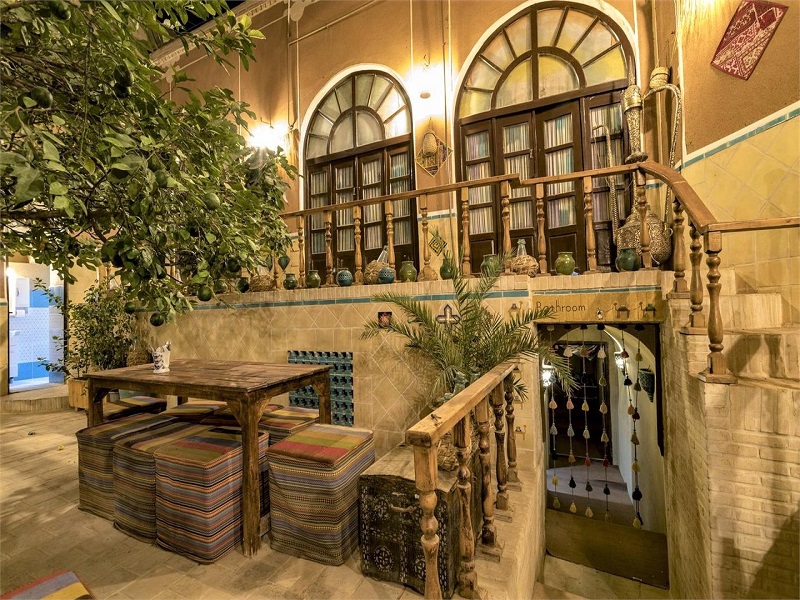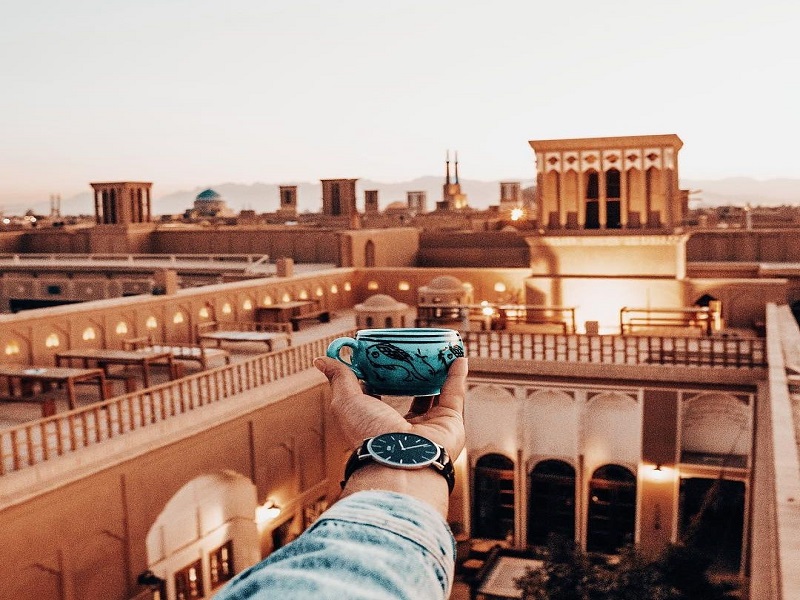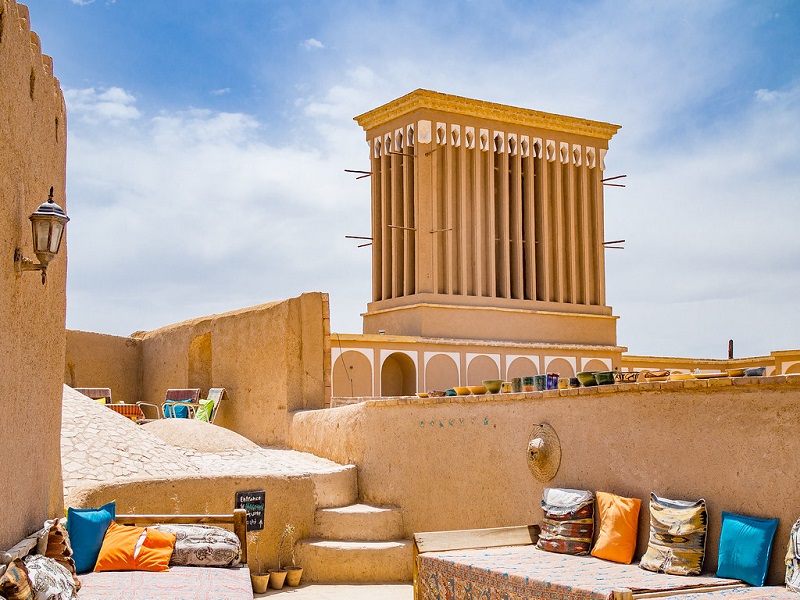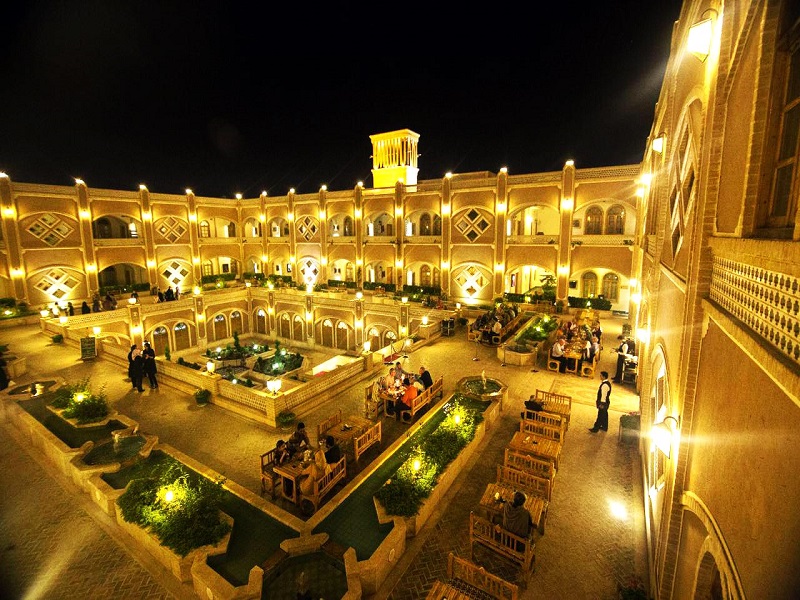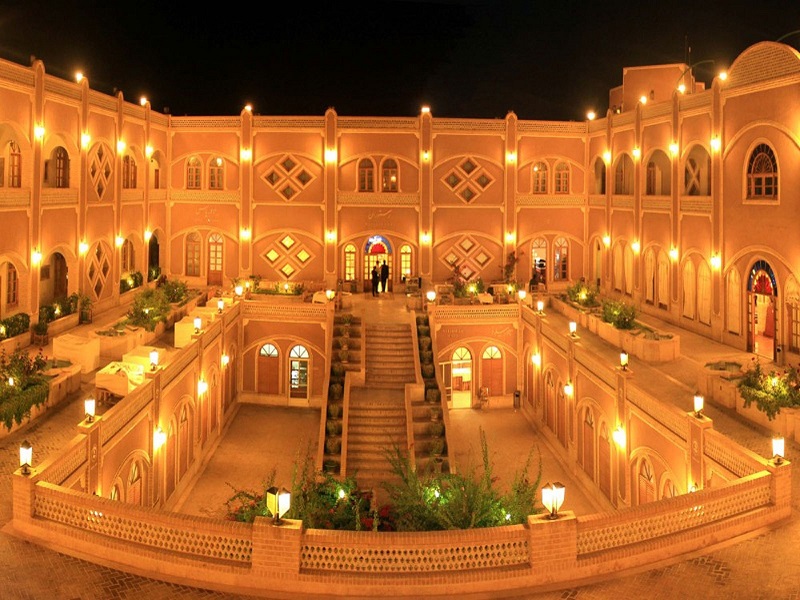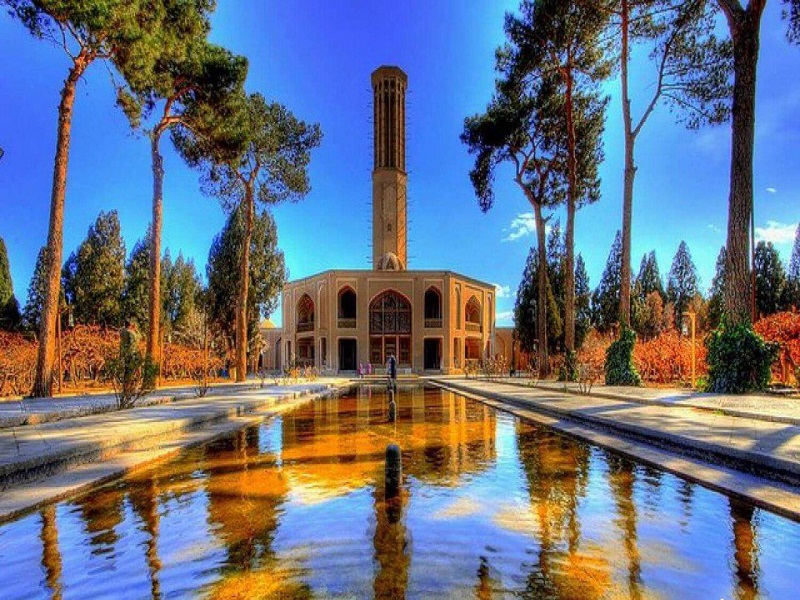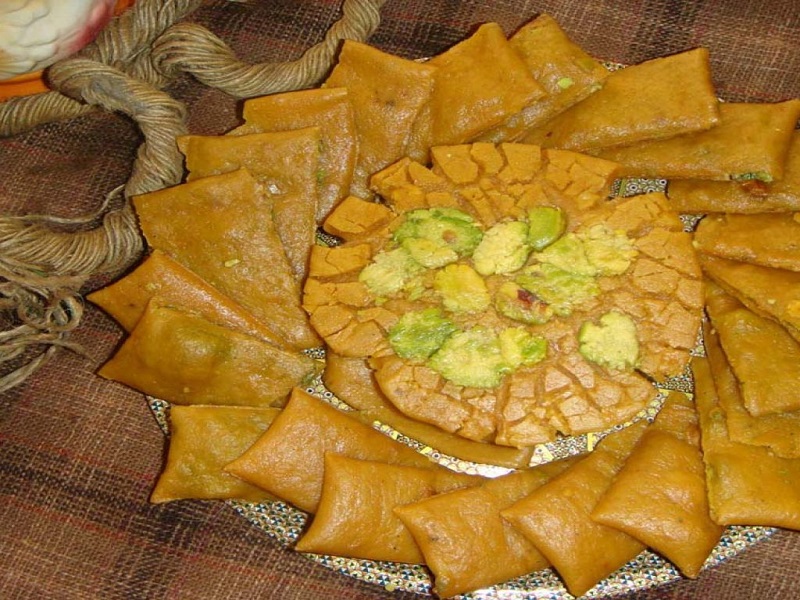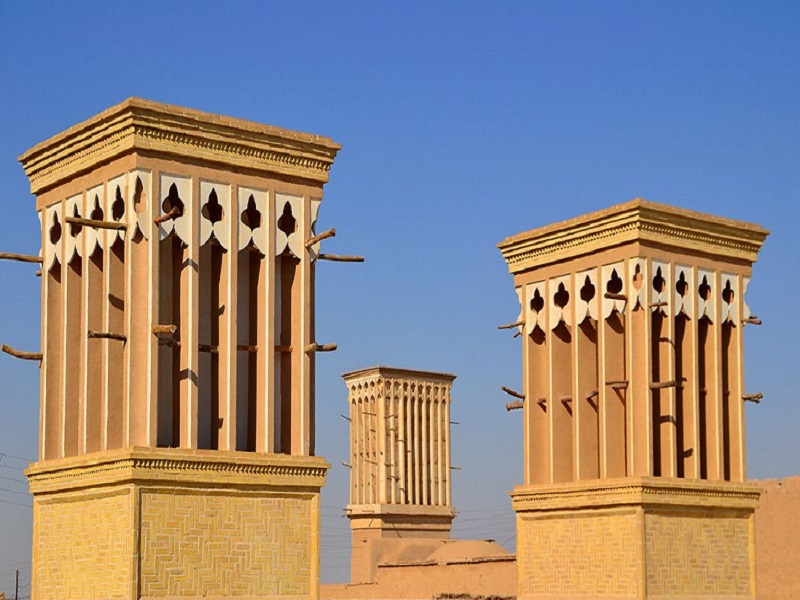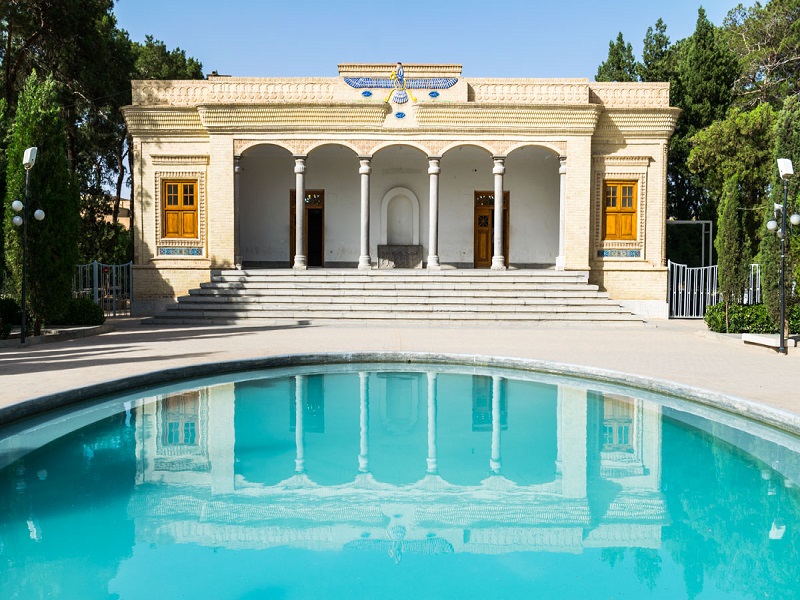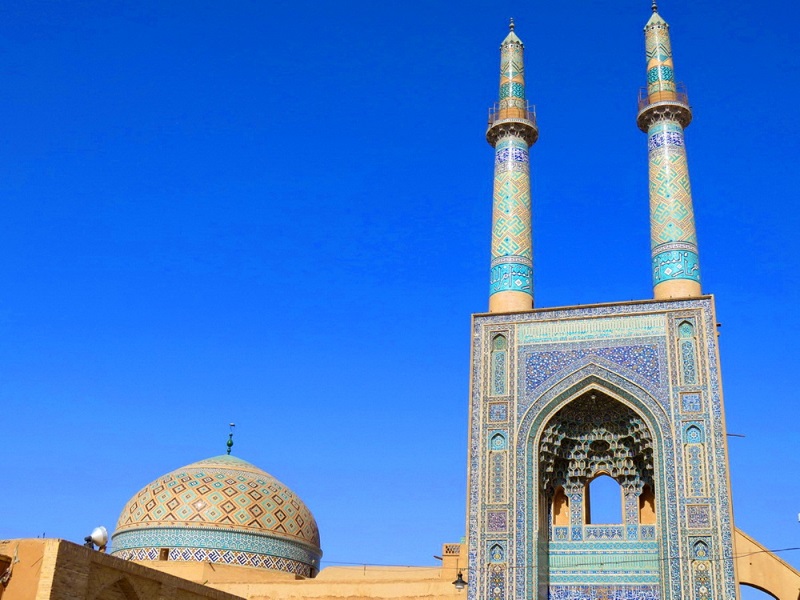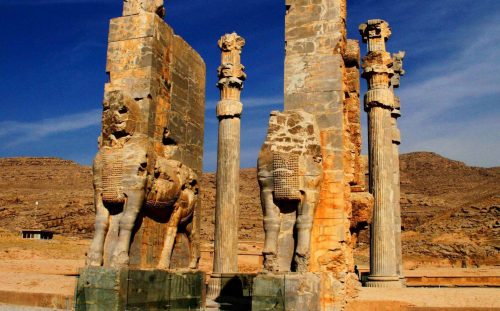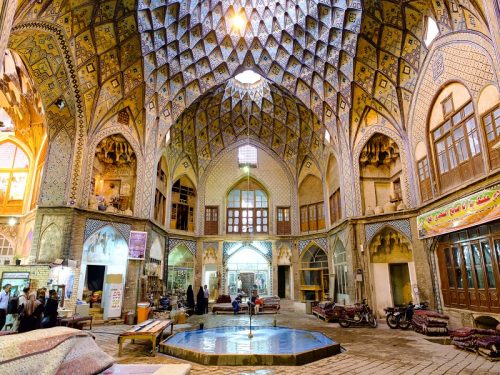Yazd City of Wind-catchers
“Yazd” means, feast and worship. This city is capital of Yazd province of Iran and it is located 170 mile (270 Km) southeast of Isfahan and 386 mile (621 Km) southeast of Tehran. Its population was about 530.000 (2016).
Due to the climate, the city has a unique Persian architecture, traditional houses and other monument has wind-catchers, for this reason the nickname of the city is “City of Wind-catchers”. It’s also very well known for its Cisterns (Ab Anbar), Qanats, Handicrafts cloths (like Termeh), Persian Cotton Candy, Silk Weaving, and Delicious confectioneries. Since 2017, this historical city is recognized as a World Heritage Site by UNESCO.
“Yazd is an outstanding example of a traditional human settlement which is representative of the interaction of man and nature in a desert environment that results from the optimal use and clever management of the limited resources that are available in such an arid setting by the qanat system and the use of earth in constructing buildings with sunken courtyards and underground spaces. Besides creating pleasant micro-climate, it uses minimum amounts of materials, which provides inspiration for new architecture facing the sustainability challenges today.
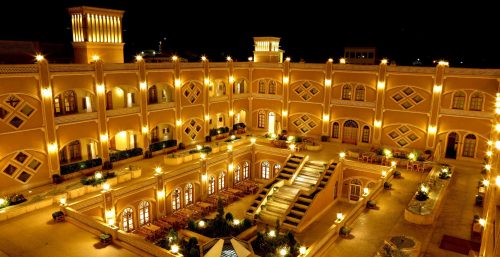
The historic city of Yazd bears witness to an exceptionally elaborate construction system in earthen architecture and the adaptation of the ways of living to hostile environment for several millennia. Yazd is associated with the continuity of traditions that cover social organization. These include Waqf (endowment) benefitting public buildings, such as water cisterns, mosques, hammams, qanats, etc. as well as developed intangible and multi-cultural, commercial and handicrafts traditions, as one of the richest cities of the world entirely built of earthen material, a quality which contributes to the creation of an environment-friendly microclimate. It reflects diverse cultures related to various religions in the city including Islam, Judaism and Zoroastrianism, which are still living peacefully together and having a combination of buildings including houses, mosques, fire temples, synagogues, mausoleums, hammams, water cisterns, madrasehs, bazaars, etc. as it can be seen in their traditional crafts and festivities.” (Retrieved from UNESCO site).
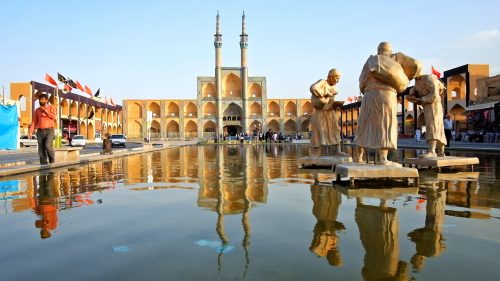
History
History of Yazd is come back to around 3000 years BC, then it was part of domain of Medes (the first government of Iran) when it was known as “Ysatis” or “Issatis”. Due to its distance from capital and major cities, and because of its rough natural surroundings, Yazd stood far from massacre of wars, hence the city could kept many of its traditions, structures and customs until recent times. During the invasion of Genghis Khan, in the early 1200’s AD, Yazd transformed into a safe place to many scientists, scholars and artists. In 1272 Marco Polo visited the city and he remarked on the city’s fine silk-weaving industry.
Yazd briefly served as the capital of the Muzaffarid Dynasty in the 14th century.
Souvenirs
Iranian souvenirs are artisanal handicrafts, unique to each city and made with lots of love. Watching handcrafts shops, when you are walking through the bazaar, is a feast for your eyes.
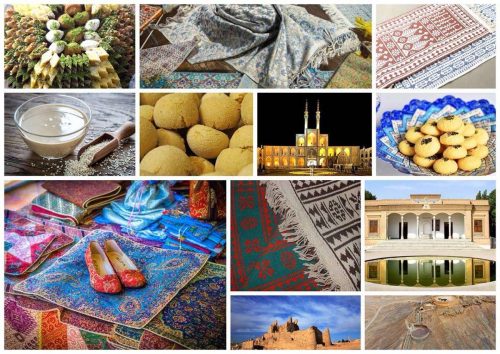
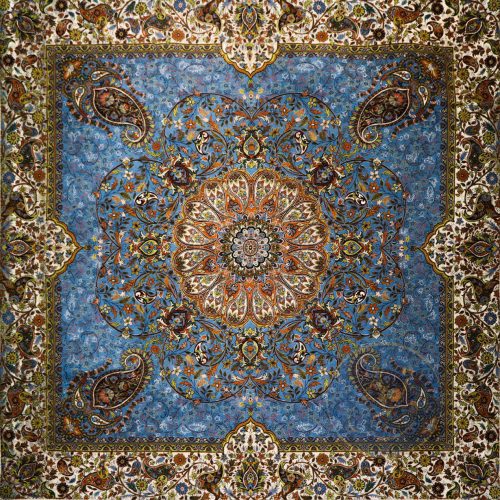

UNESCO’s World Heritage
Yazd itself is registered on UNESCO’s World Heritage. Furthermore it has two registered Qanat (underground channels) and two registered Garden too.
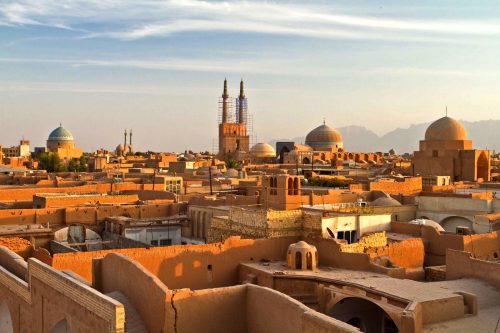
- Population: ~ 530.000 (2016)
- Pre phone number: +9835
- Time zone: Time zone UTC+03:30 (IRST) - Summer (DST) UTC+04:30 (IRDT)
